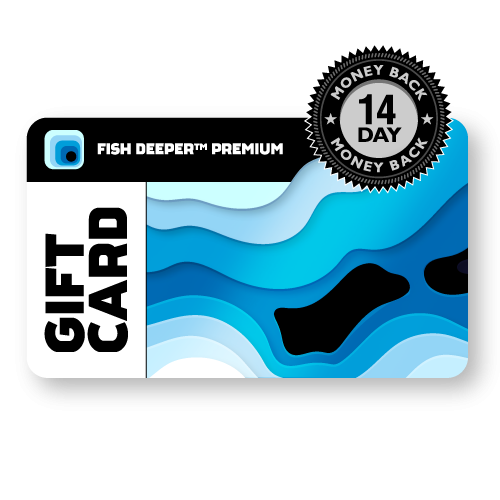UK carp fishing is a popular and rewarding hobby that can be enjoyed by anglers of all levels. Here is a simple step by step guide to get you started:
1. Purchase a rod licence from the government website or your local post office branch. You can choose between a one day, eight day, or 12-month licence, depending on how often you plan to fish. A rod licence allows you to use up to two rods for carp fishing, or three if you have a 12-month licence¹.
2. Decide where to fish. Carp can be found in many types of water, such as lakes, ponds, rivers, and streams. However, as a beginner, you may want to start with smaller lakes that have a high stock of smaller fish, as they are easier to locate and catch. You can also look for commercial fisheries that allow carp fishing and provide facilities and amenities².
3. Choose your fishing gear. You will need a rod, a reel, a line, a hook, and a bait to catch carp. There are many types of rods, reels, lines, hooks, and baits available, each with its own advantages and disadvantages. As a beginner, you may want to opt for a simple and versatile setup that can handle most situations. For example, you can use a 12-foot rod with a 2.5 lb test curve, a bait runner reel with a 10 lb monofilament line, a size 6 or 8 barbless hook, and a boilie or sweetcorn as bait³.
4. Set up your fishing spot. Once you have found a suitable place to fish, you will need to set up your rod and line and prepare your bait. You can use a simple knotless knot to attach your hook to your line, and then thread your bait onto the hook. You can also add a hair rig, which is a short piece of line that extends from the hook and holds the bait, to prevent the carp from ejecting the hook. You can also use a lead weight to help cast your bait further and keep it on the bottom, where carp usually feed³.
5. Cast your bait and wait for a bite. You can use a marker float or a feature finder to locate the depth and features of the water, such as weed beds, gravel patches, or drop-offs, where carp may be hiding. You can then cast your bait near these areas, and wait for a carp to take it. You can also use a bite alarm, which is a device that attaches to your rod and makes a sound when your line moves, to alert you of a bite³.
6. Strike and play the fish. When you get a bite, you will need to strike, which means lifting your rod quickly and firmly to set the hook in the carp’s mouth. You will then need to play the fish, which means keeping the line tight and applying pressure to tire the fish out. You will also need to adjust your drag, which is a mechanism that controls the tension of the line, to prevent the fish from breaking the line or pulling the hook out. You will need to be patient and careful, as carp are strong and can fight for a long time.
7. Land and handle the fish. Once you have brought the fish close to the bank, you will need to land it, which means using a landing net to scoop it out of the water. You will then need to handle the fish, which means unhooking it, weighing it, measuring it, and taking a photo of it if you wish. You will need to be gentle and respectful, as carp are delicate and sensitive creatures. You will need to use a wet unhooking mat to protect the fish from injury, and a pair of forceps or a disgorger to remove the hook. You will also need to return the fish to the water as soon as possible and support it until it swims away.
Congratulations, you have just caught your first carp! You can repeat the process as many times as you like, and try different methods and techniques to improve your skills and catch bigger and better carp. You can also learn more about carp fishing from books, magazines, websites, videos, and other anglers. Carp fishing is a fun and rewarding hobby that can bring you many hours of enjoyment and satisfaction. Happy fishing! 🎣.

Until next time
Richard


























